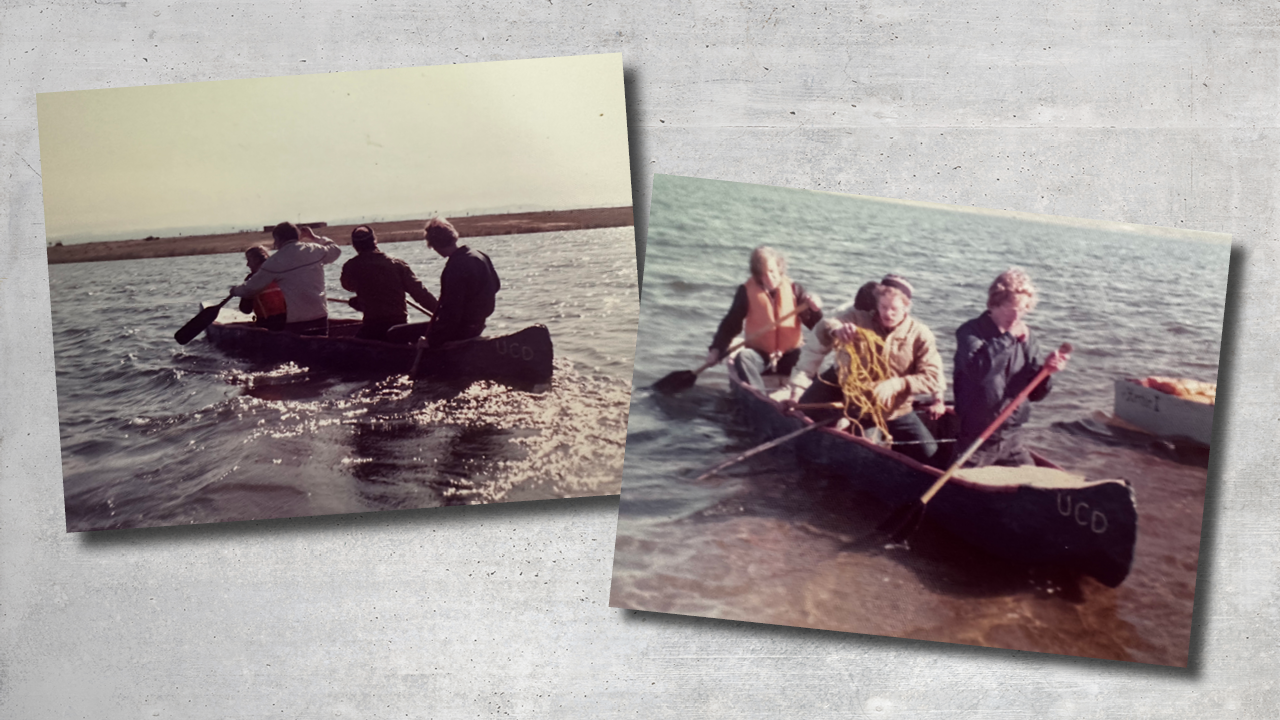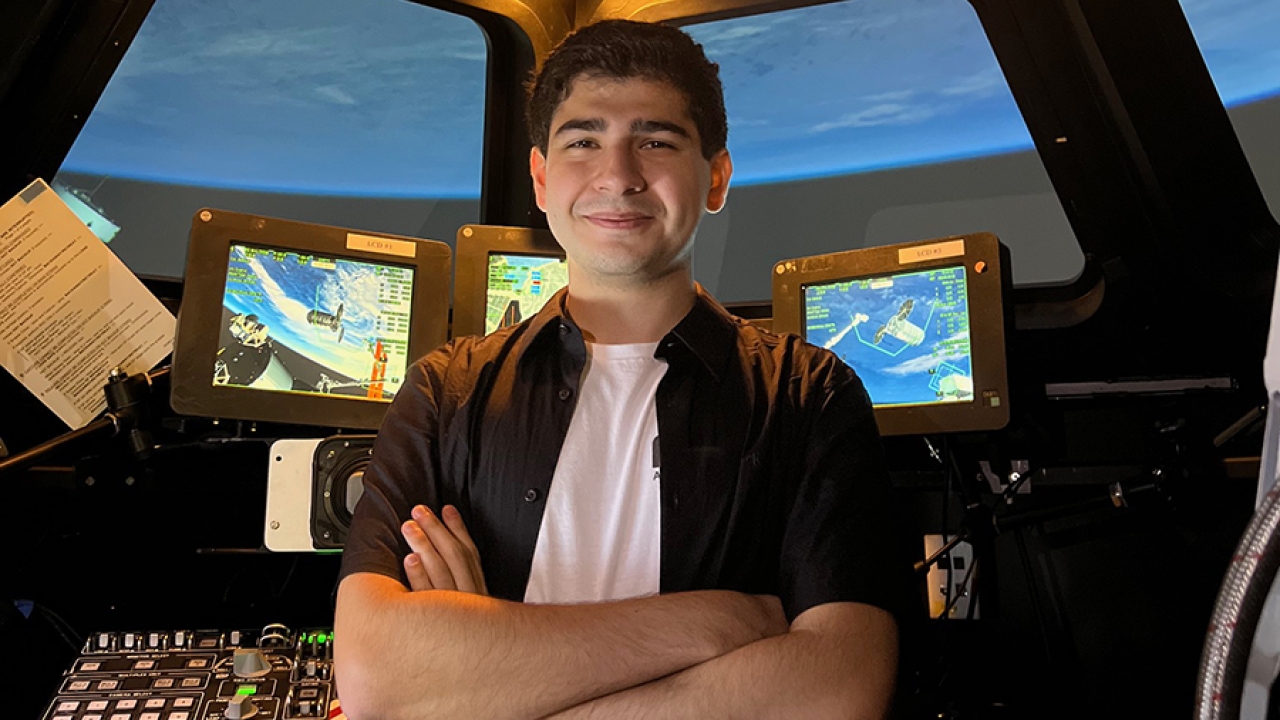
Concrete History
Concrete is one of the most used substances in the world — only behind water — and greatly contributes to the world’s carbon emissions. Associate Professor of Civil and Environmental Engineering Sabbie Miller and Assistant Professor of Materials Science and Engineering Erika La Plante are researching ways to mitigate concrete’s negative impacts on the built environment by making it more sustainable, from using organic materials like rice hull ash as a substitute to rethinking the material of cement (the basis of concrete) from the ground up.
When students stepped into their canoe floating on a lake in southern Sacramento County on a chilly March afternoon in 1975, a College of Engineering tradition began. It was the first time its students had competed in the Concrete Canoe Competition.
The annual contest combines practical engineering experience and athleticism, tasking student chapters of the American Society of Civil Engineering, or ASCE, to create a canoe of concrete that can float first and cut through the water with ease to win a handful of races (think: co-ed, men’s and women’s) second.
“The concrete was poured flat and then scored,” said Jim Hallenbeck, who participated in the 1975 competition and received his Bachelor of Science degree in civil and environmental engineering that same year. “Expanding epoxy foam was poured over sealed plastic milk jugs to keep the canoe from sinking like a rock in case it tipped over.”
Thankfully, the canoe never tipped over, survived the races and made it back over the causeway to campus.
“Everyone had a good time,” Hallenbeck said.
Almost 50 years later, the UC Davis student-led club Concrete Canoe still participates in the competition. They design a new canoe of the gray stuff every year for ASCE’s Mid-Pacific competition, which includes student chapters from California State University, Fresno, UC Berkeley and other Northern California universities.
While the 2024 group just missed the podium by placing fourth with its “Lightning Moo-Queen” design in April, the real highlight of the concrete canoe experience is working together.
“The Concrete Canoe team is like a family,” said Lindsey Hollandsworth, a civil and environmental engineering undergraduate and co-assistant project manager who oversees the concrete canoe design. “I have met some of my greatest friends through the club.”
That’s just it: the joy in the engineering process and the fellowship of engineering students working together is what has helped cement the Concrete Canoe Competition as an enduring tradition within the college.




